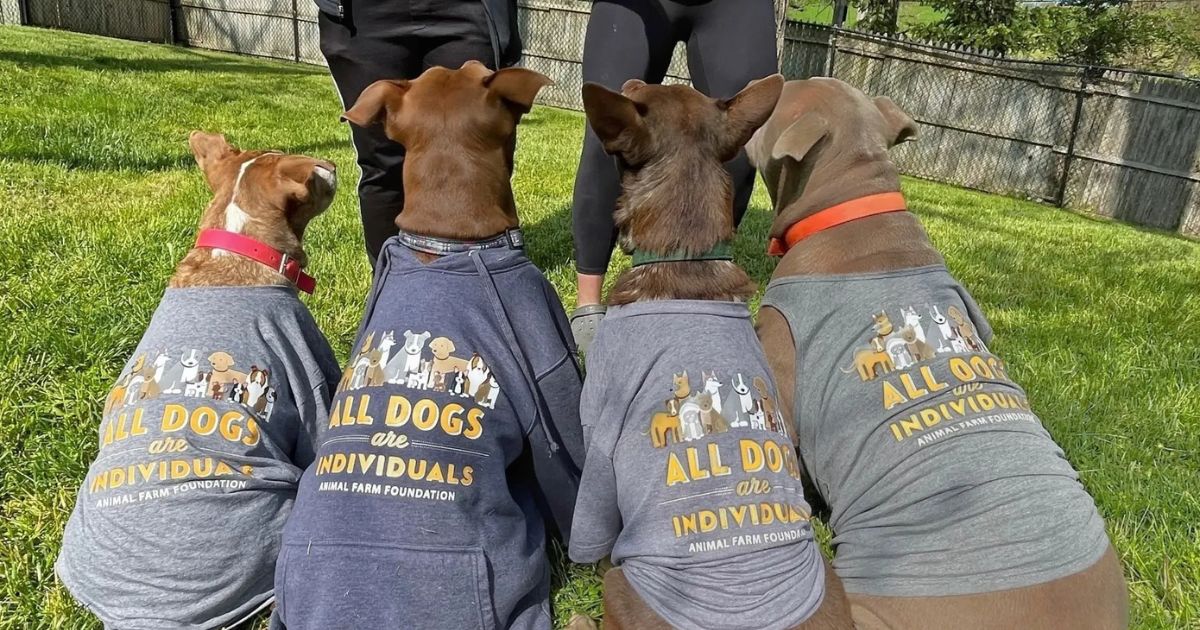You’ve heard us say all dogs are individuals. You’ve heard us say looks don’t equal behavior. You may be on board with that, which is great, we love that, but you’re unsure of how to get your shelter staff and volunteers to accept the science that breed isn’t indicative of a dog’s personality.
We’ve got the best tool for that and it’s in a handy-dandy infographic!
And we’re giving away 50 banner-size versions of our infographics! If you want one, email us! They’ll go fast, so don’t wait.

For one, we drop some science in the infographic, like the above information about how even dogs of the same breed can behave differently and they’ll all have different personalities.
Then there’s this gem that busts all of our assumptions about looks equaling behavior. A dog’s looks make up such a small percentage of their genetics. Plus, the genes that affect looks are not at all the same genes that affect behavior.


Science helps with that. Of course, science can be overwhelming. Our infographic breaks that down into bite-sized talking points upon which you can create deeper conversations with your staff – and even potential adopters.
The fact that there’s no way to know which part of a dog’s breed may influence their behavior is powerful. Even if a dog is purebred, you still don’t know what breed traits it possesses, there are too many factors at play.
The only thing you do know for sure is the behavior you observe from the dog – and that’s what really matters.
You’re in the business of placing great pets in great homes. You can’t do that if your descriptions of dogs are based entirely on guesswork. That doesn’t make for good adoption matches, but observing the dog in front of you does.







